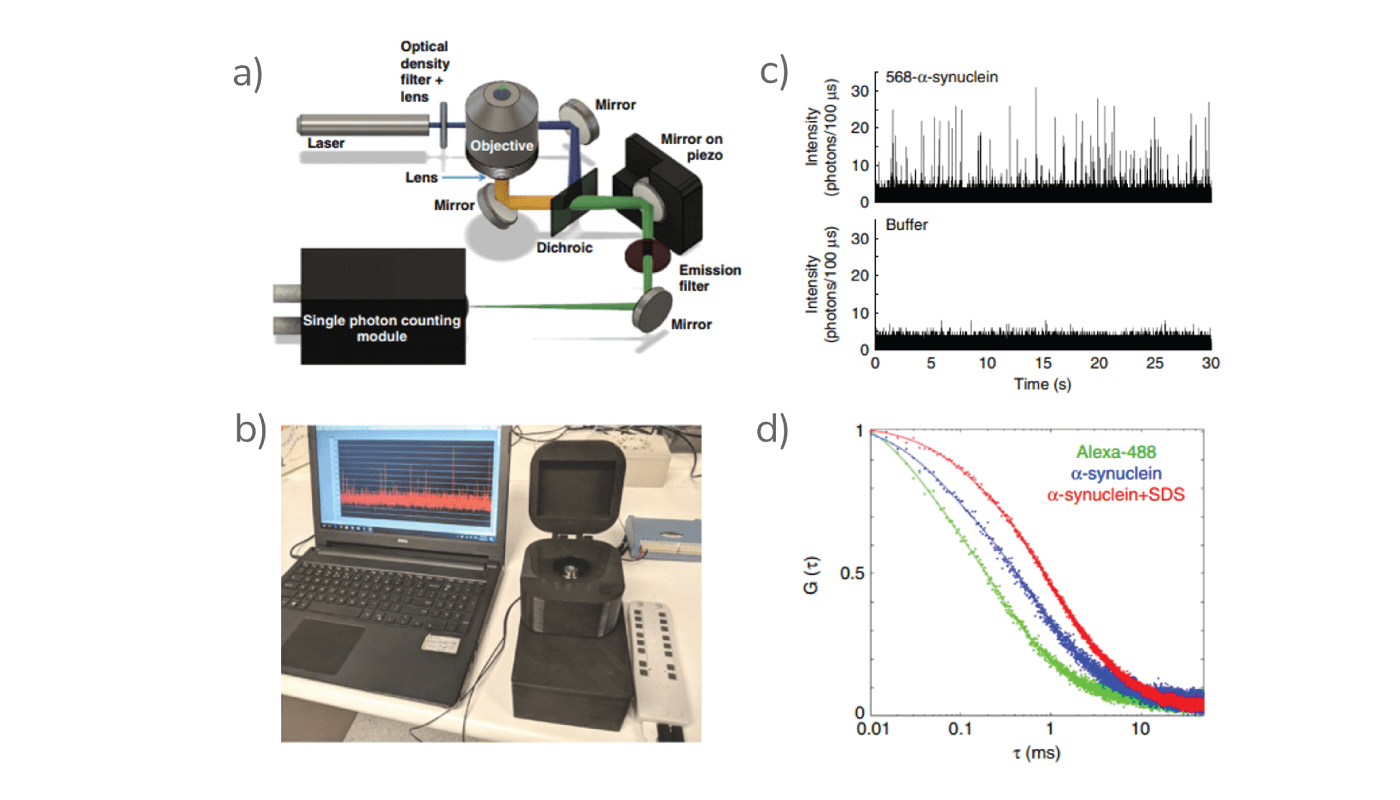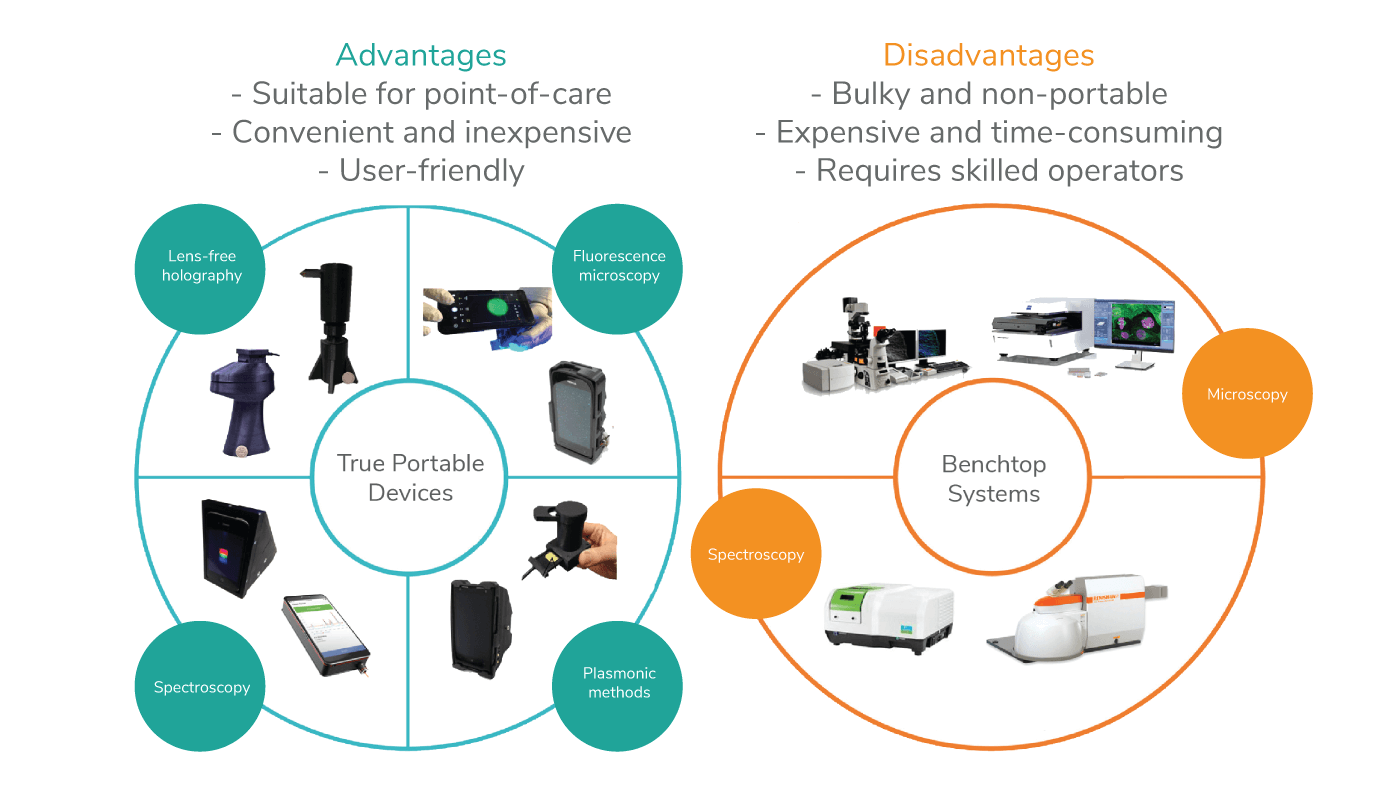Today, we wouldn’t think twice about using a smartphone to take a high-resolution family photo – but what about a diagnostic image down to the single-molecule level? The camera technologies in many of today’s smartphones, and other miniature microscopy- and spectroscopy-based devices, have these capabilities – and Qingshan Wei, Assistant Professor of Chemical and Biomolecular Engineering, and her colleagues at North Carolina State University, USA, set out to review them. We caught up With Wei to find out more about the current state of point-of-care diagnostic technologies.

Which approaches, in your view, are currently most promising?
It is difficult to beat the sensitivity of fluorescence microscopy – so we believe that mobile fluorescence-based detection platforms are the most viable approach to point-of-care single-molecule detection. Smartphone-based fluorescence microscopes have already been used to image single viruses and DNA molecules. Similarly, fluorescence spectroscopy could see more development in the future. Spectroscopy has not been as heavily explored as microscopy methods, but that is rapidly changing with the development of smartphone-based fluorescence and Raman spectrophotometers and other portable spectrometers.
What are the most promising spectroscopic approaches?
Fluorescence spectroscopy is able to elucidate the unique signals of different fluorescent tags for multivariate analysis. Raman spectroscopy has also recently been demonstrated on portable smartphone-based devices, and it is useful for label-free analysis of samples by examining the vibrational scattering signals of biomolecules of interest.
Which spectroscopic approach is currently the most advanced?
Fluorescence spectroscopy has been demonstrated on mobile systems with the use of plasmonic nanomaterials that enhance analytes’ fluorescence signals. Plasmonic enhancement has also brought traditionally less sensitive techniques – such as Raman spectroscopy – to point-of-care devices. Though great progress has been made with fluorescence spectroscopy, Raman and other spectroscopy methods have yet to achieve the single-molecule level of detection on true portable systems.

What are the main barriers to the development and commercialization of single-molecule spectroscopic methods?
Sensitivity and resolution are always key limiting factors in the performance of analytical tools. For imaging single molecules on true portable platforms, the sensitivity and resolution must be extremely high and the background noise must be eliminated to the fullest extent. This can be easier said than done on a portable platform that may be used in the field. Additionally, the platforms require much more power than a smartphone alone due to the use of lasers and other components. Powering the devices with portable sources can present obstacles to applying these devices in resource-limited settings.
How far away are we from a widely available, low-cost, point-of-care tool for single-molecule analysis?
Our review covers several new technologies that are able to demonstrate single-molecule and particle detection on true portable platforms. We expect these devices to be available to healthcare personnel first before becoming available to the public as commercial at-home testing devices. One example of a device that could see rapid implementation in public health would be single-particle fluorescence imaging on mobile platforms for detecting single nucleic acids or particles of SARS-CoV-2.
Image Credit: Skolrood et al. (2022)




